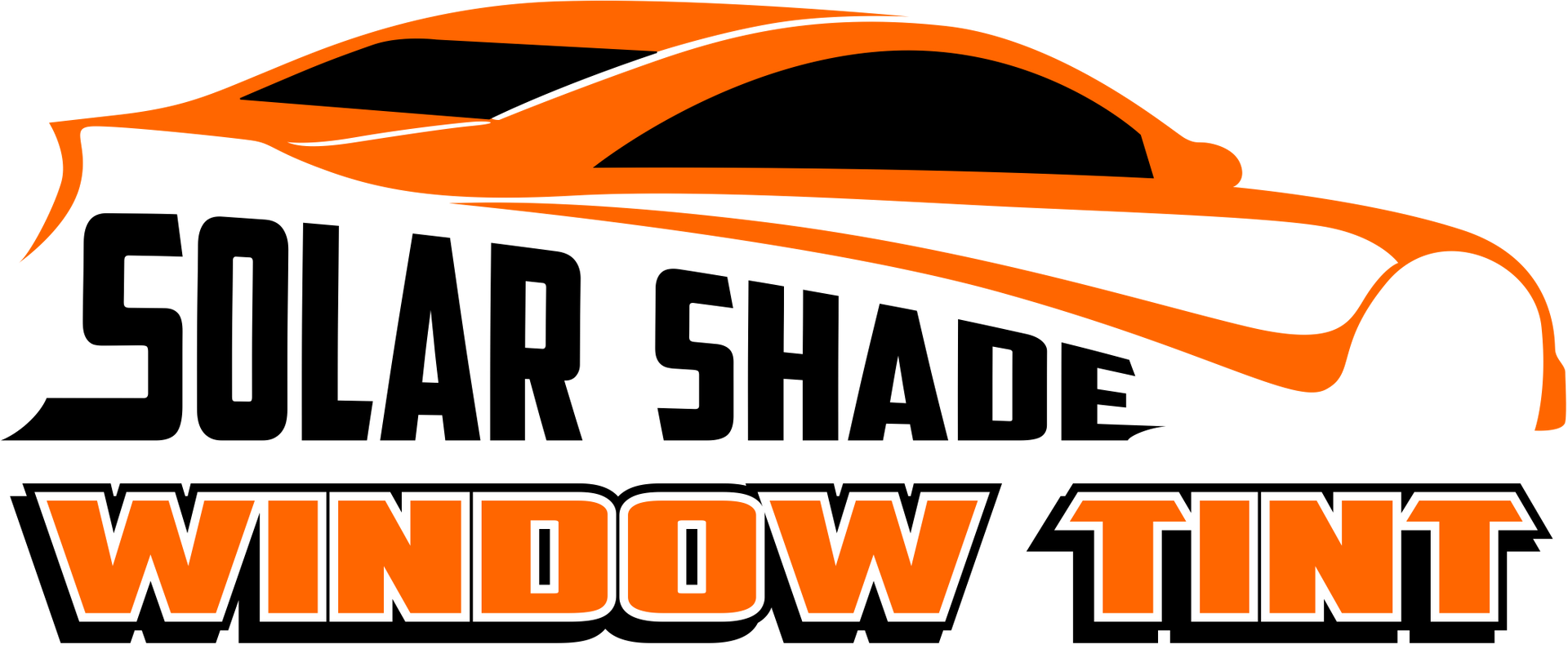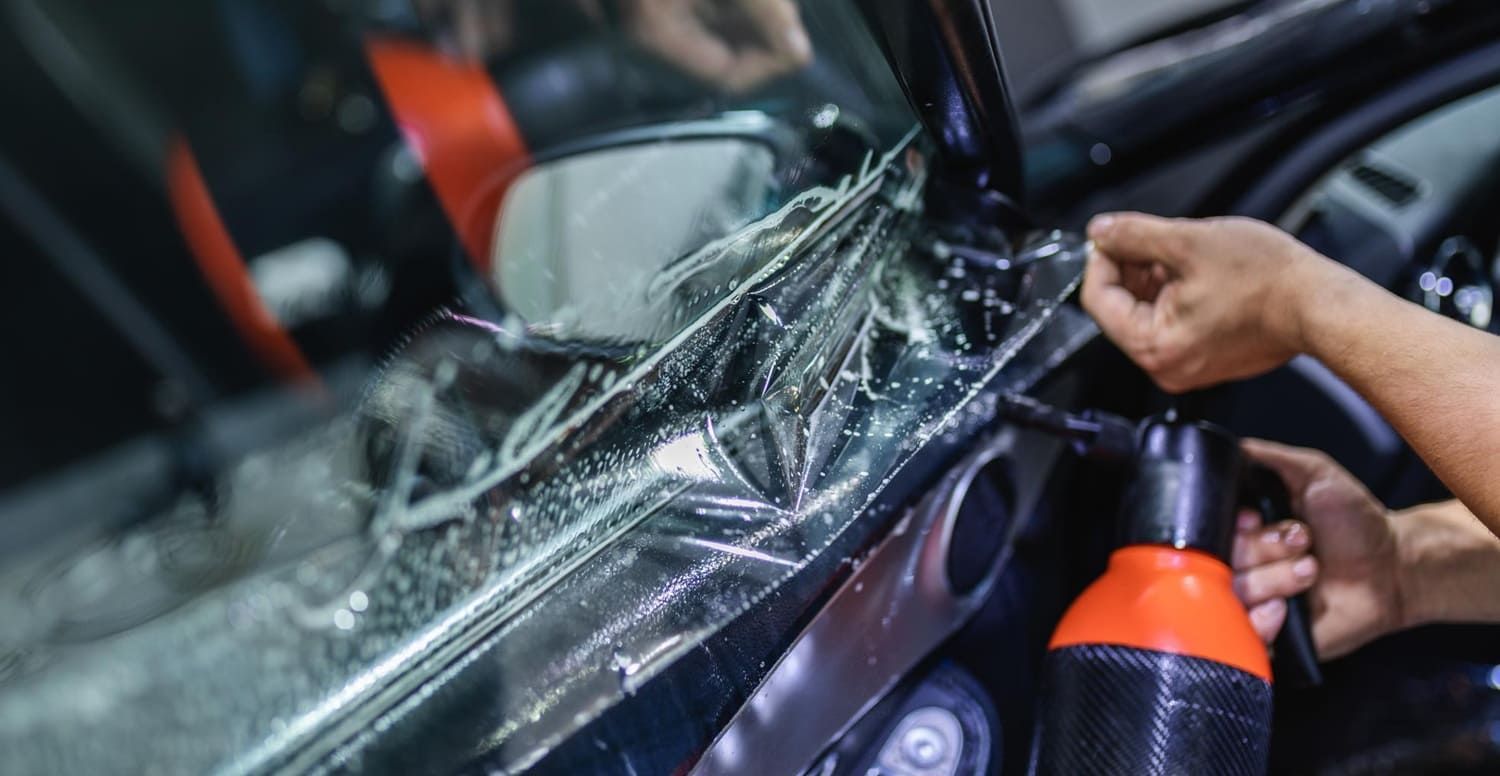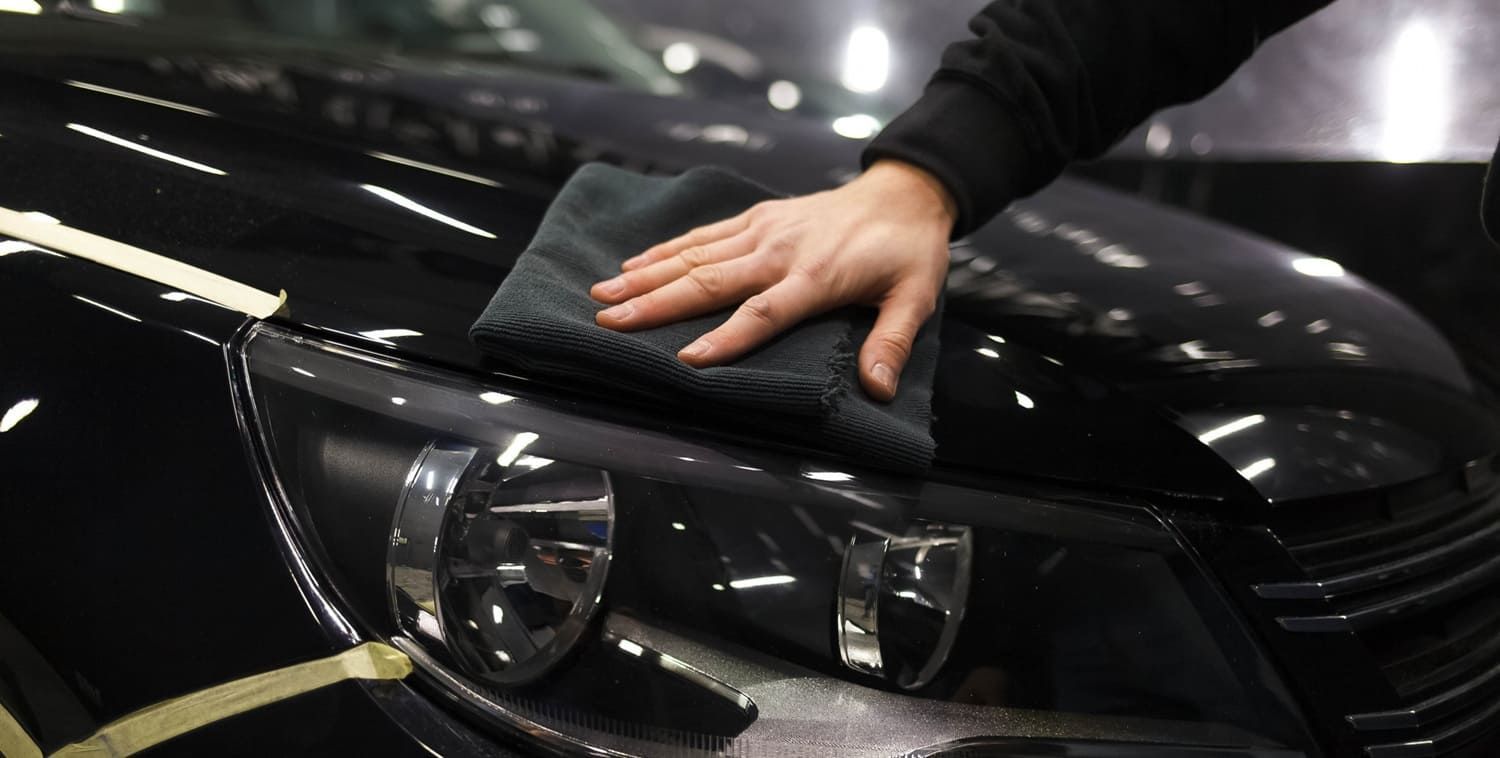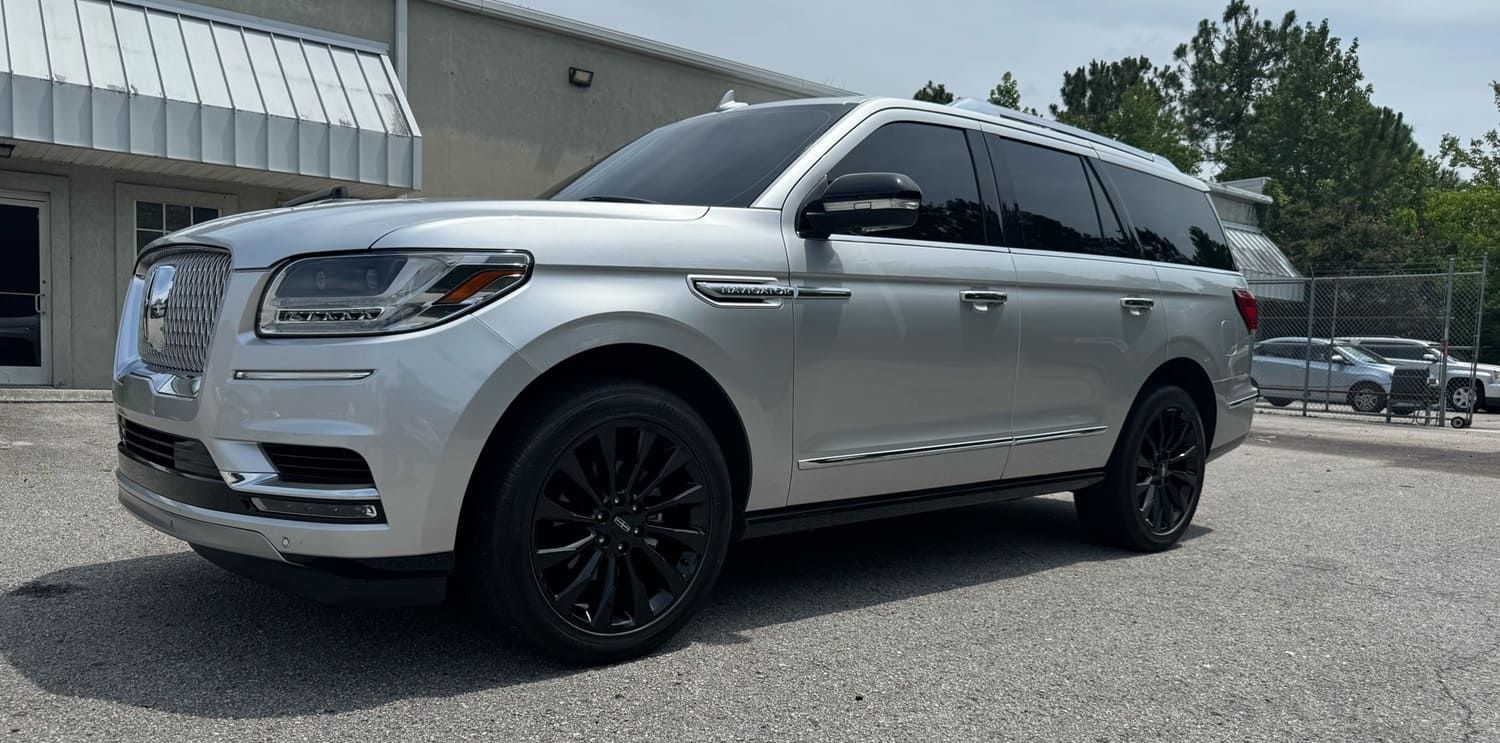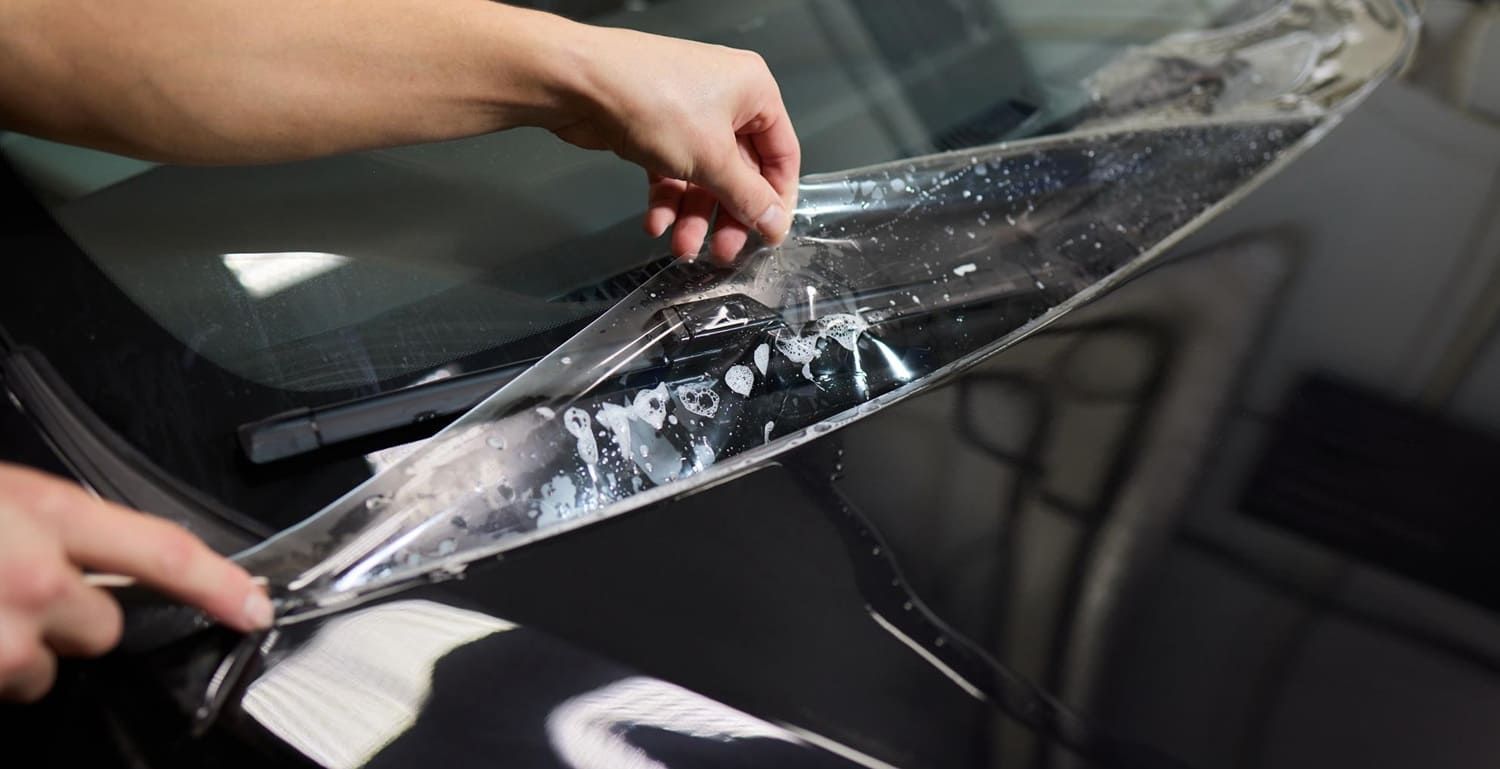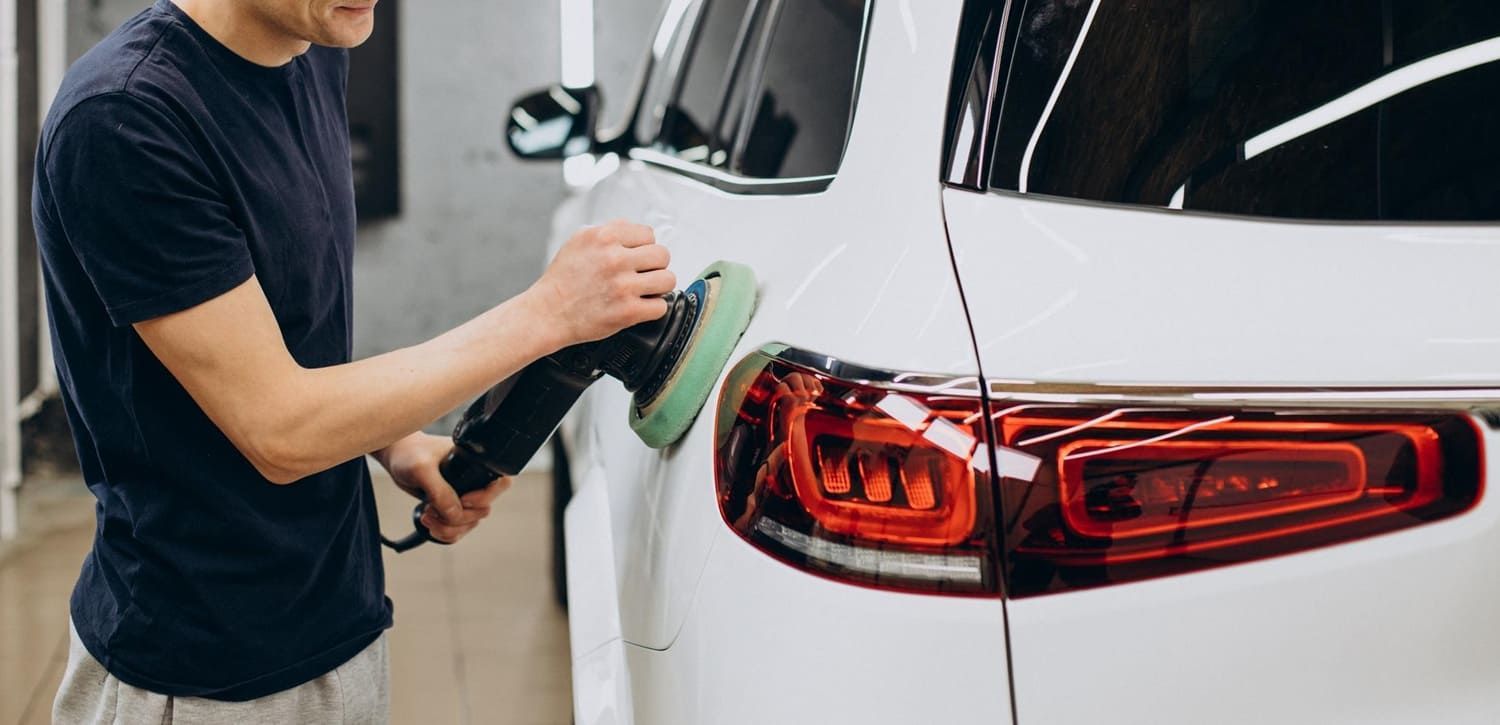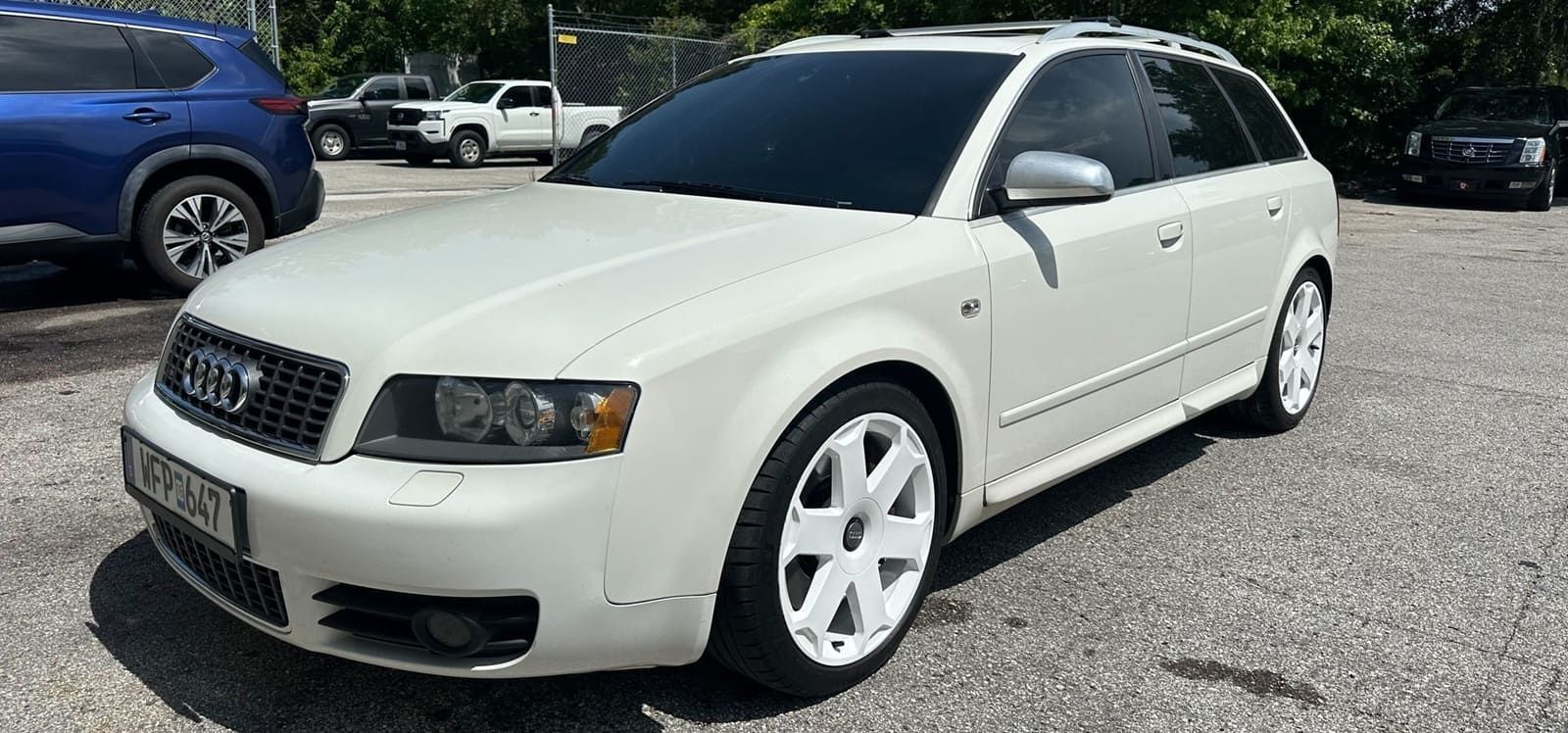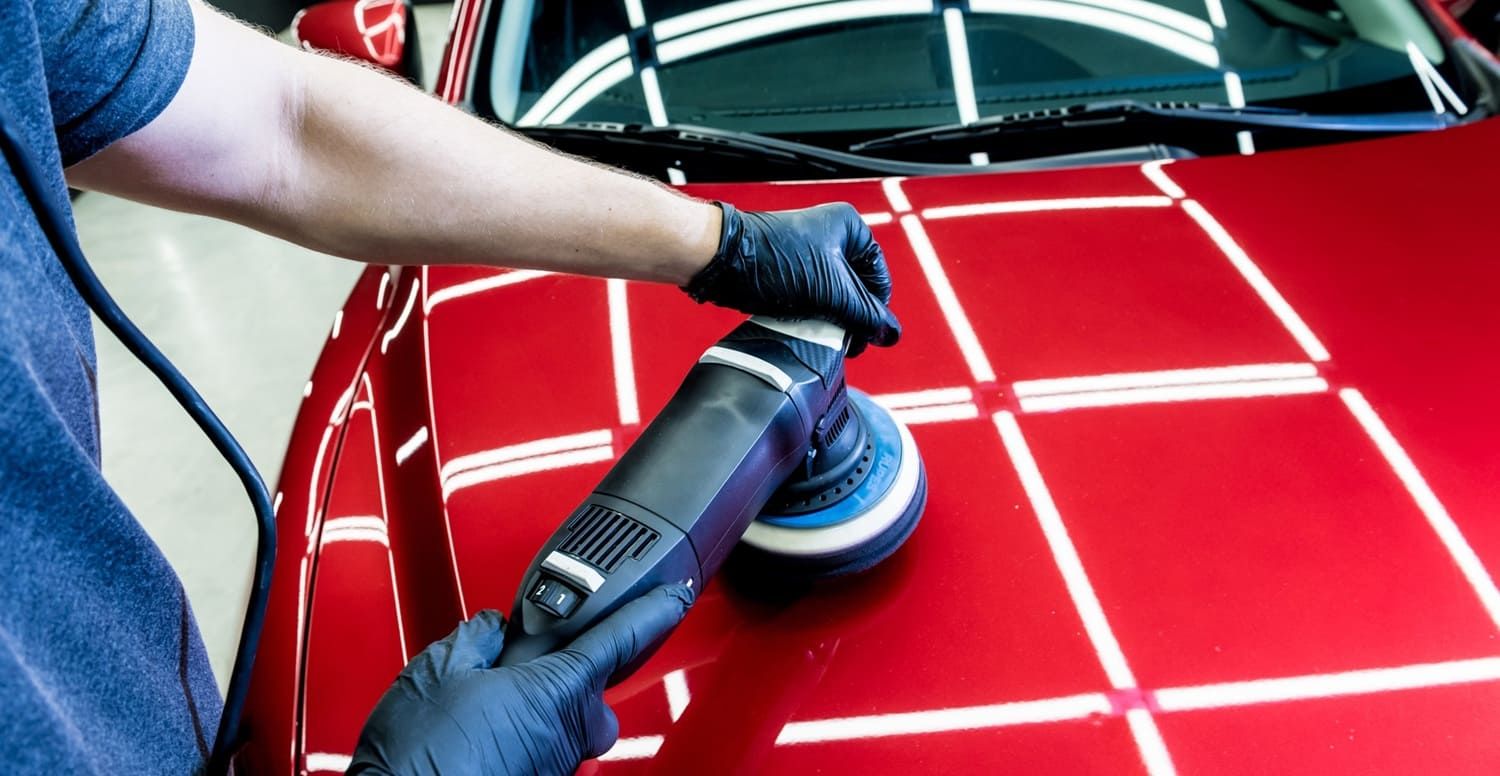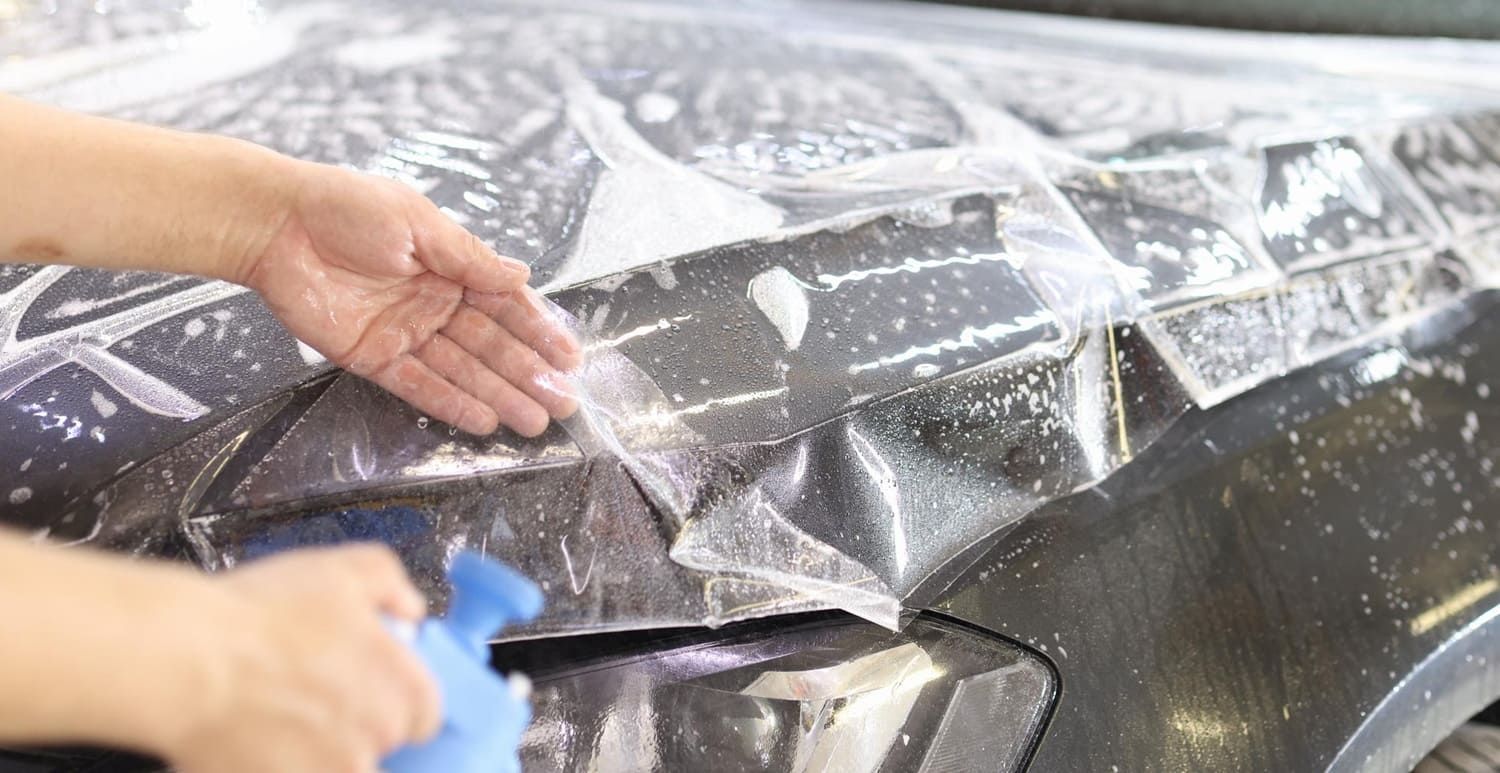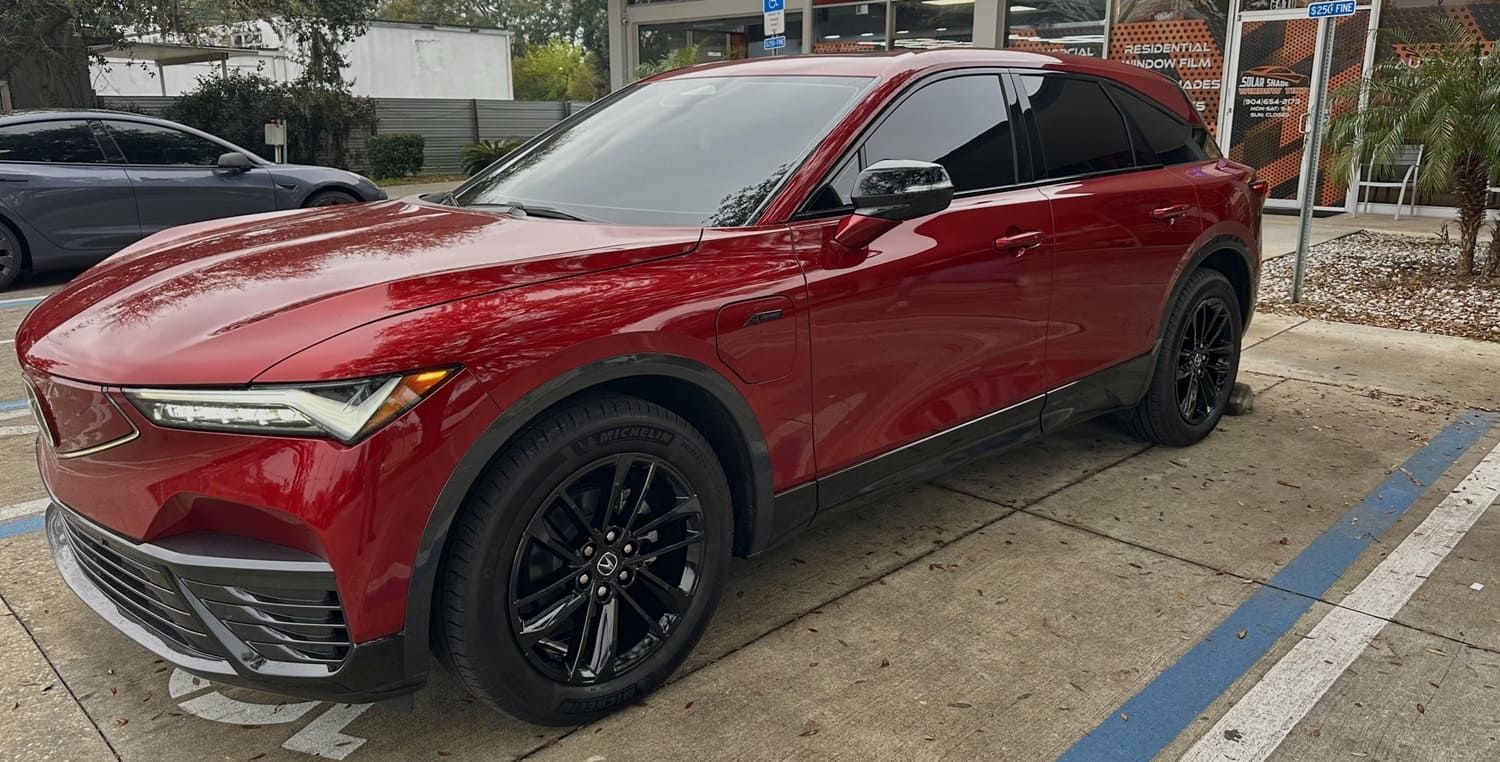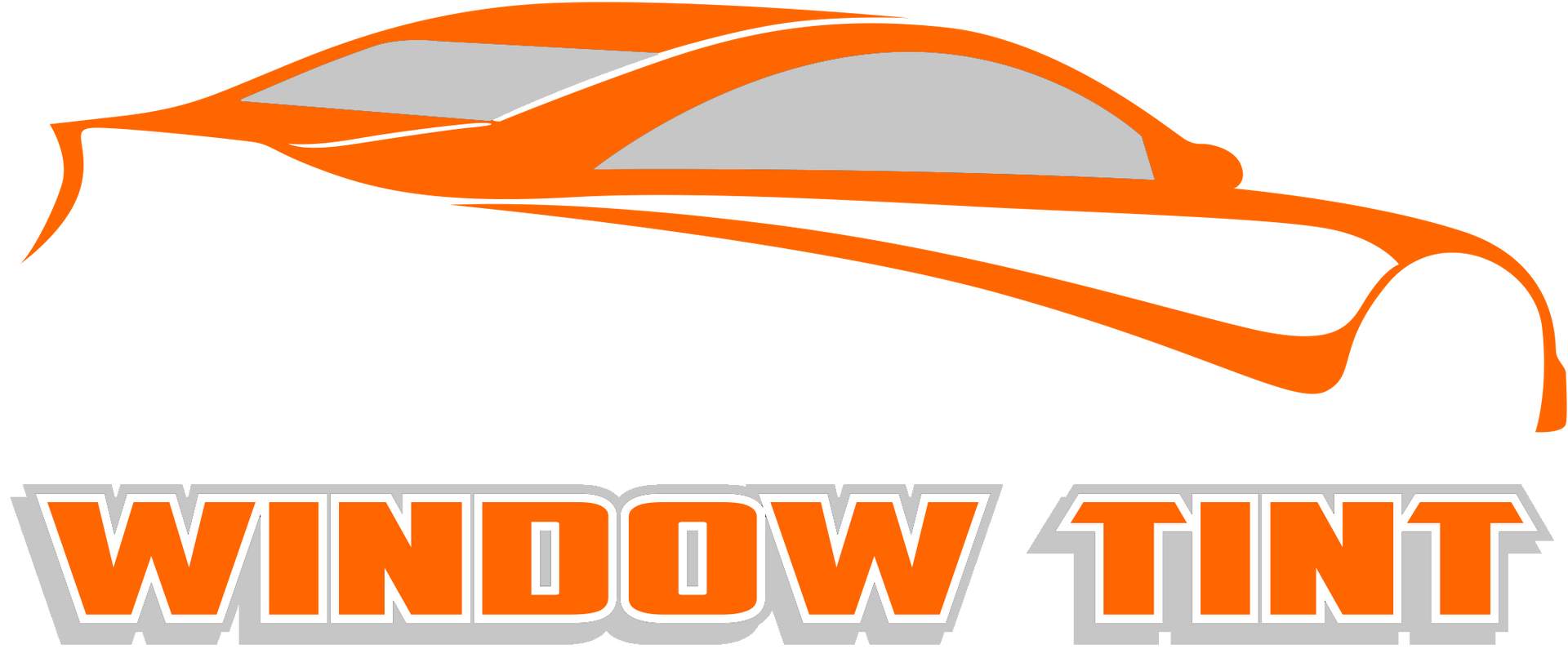What’s the Best Tint Level for Heat Rejection?
Choosing the right window tint for your car is crucial. It can significantly impact your vehicle's comfort and energy efficiency.
The best tint level for heat rejection is a common concern among car owners.
Tinting your car windows can reduce the heat entering your vehicle. This makes your ride more comfortable and less reliant on air conditioning.
Different types of window tints offer varying levels of heat rejection. Ceramic, metallic, and dyed films each have unique benefits.
Ceramic tints are known for their superior heat rejection without compromising visibility.
LLumar offers a range of car window tinting options that excel in heat rejection and UV protection.
Understanding the science behind window tint heat rejection can help you make an informed decision.
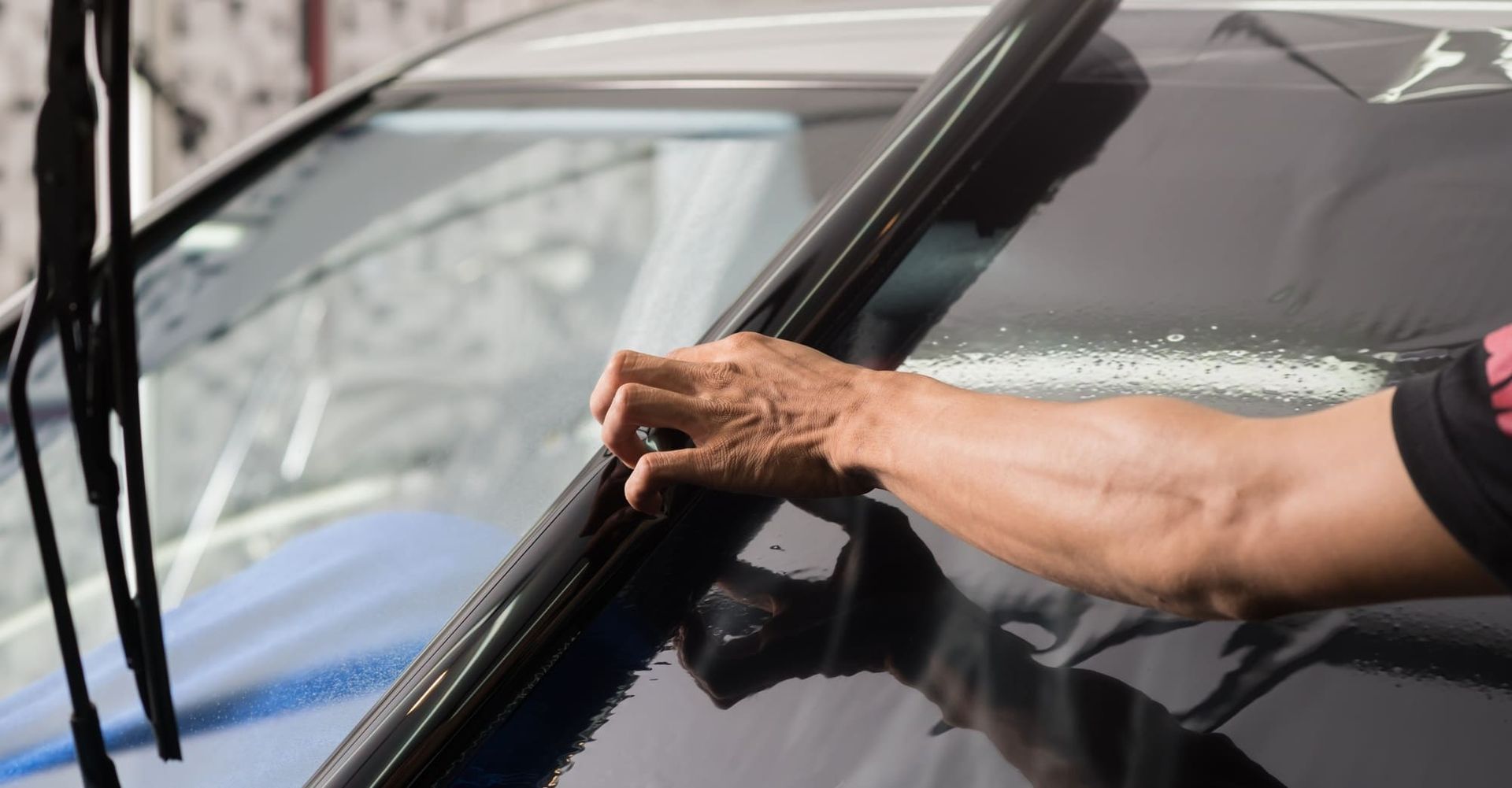
Understanding Window Tint Heat Rejection
Window tinting serves more than just aesthetic purposes. It's an effective barrier against solar heat.
The science of window tint heat rejection involves reflecting and absorbing sunlight. This reduces the total heat that penetrates the car.
There are several benefits to consider with heat rejection tints:
- Improved comfort during hot days
- Reduced strain on your car's air conditioning
- Protection against UV rays
Each tint type has different heat rejection capabilities. Ceramic tints often offer the best results.
Visible Light Transmission (VLT) is another factor. Lower VLT means darker tints and generally better heat rejection.
Understanding these components helps you choose the right tint. It's vital for enhancing driving comfort and protecting your car's interior.
How Window Tint Works: The Science Behind Heat Rejection
Window tinting uses advanced technology to combat solar heat. By understanding its underlying science, you can make informed decisions.
Tinted films manipulate sunlight through two key processes: reflection and absorption. Here's how:
- Reflection: Some light bounces off the film, which reduces the heat entering the car.
- Absorption: The film traps some heat, preventing it from reaching the interior.
Different films use varied materials to achieve these effects. Ceramic films excel by blocking infrared light, which is a primary heat source.
Visible Light Transmission (VLT) is crucial here. A lower VLT typically means more heat resistance.
Understanding these elements helps in selecting the optimal tint. It's about balancing heat rejection and visibility effectively.
Key Factors That Affect Heat Rejection
Several factors influence the effectiveness of heat rejection tints. Knowing these can guide your choices.
The type of tint material plays a major role. Materials like ceramic provide superior performance compared to dyed or metallic films.
The tint's VLT percentage is also significant. Lower VLT usually means higher heat rejection.
Let's break down what matters:
- Material Type: Ceramic, dyed, metallic, and carbon differ in performance.
- Visible Light Transmission: Lower VLT often equates to better heat rejection.
- Total Solar Energy Rejected (TSER): Indicates overall effectiveness against heat.
The installation quality should not be overlooked. Professional application maximizes heat rejection benefits and can prolong the lifespan of the tint. Understanding these elements will help maximize comfort and efficiency in your vehicle.
Car Window Tinting Types: Pros, Cons, and Heat Rejection
Choosing the right car window tinting type involves weighing pros and cons. Each type offers unique benefits and limitations.
Let's explore four popular types and their attributes:
- Dyed Tint: Affordable, aesthetically pleasing, but less effective in heat rejection.
- Metallic Tint: Excellent heat rejection but may interfere with electronics.
- Carbon Tint: Non-reflective with good heat rejection, doesn't fade over time.
- Ceramic Tint: Superior heat rejection and UV protection with no signal interference.
These variations provide options based on preferences and priorities.
Dyed Tint
Dyed tint uses layers of dye to block sunlight. It provides a matte appearance and reduces glare. However, its heat rejection properties are not the best, making it more suited for budget-conscious users.
Metallic Tint
Metallic tint incorporates metallic particles to reflect sunlight. This type offers improved heat rejection and durability. A significant drawback is its interference with electronic signals, which can affect GPS and phone reception.
Carbon Tint
Carbon tint uses carbon particles to provide high performance. It offers good heat rejection without a reflective finish. Unlike dyed or metallic tints, it won't fade over time and maintains interior privacy.
Ceramic Tint
Ceramic tint stands out for its superior properties. It blocks up to 99% of UV rays and excels at heat rejection. There is no interference with electronic devices, making it a preferred choice for many discerning users.
Comparing Tint Levels: What Do Percentages Mean?
Tint percentages indicate the amount of visible light passing through the tint. Lower percentages mean less light and darker tints. Understanding these levels helps in choosing the right balance between heat rejection and visibility.
Here's a quick breakdown:
- 5%: Very dark, suitable for privacy.
- 20%: Offers strong privacy and heat rejection.
- 35%: Balanced approach with good visibility.
- 50% and up: Light tints with moderate heat rejection.
Each percentage serves specific needs, so selection depends on personal preferences and requirements.
5% to 20% Tint: Maximum Privacy and Heat Rejection
Darker tints like 5% to 20% provide excellent privacy. They block a substantial amount of light, reducing heat significantly. These tints are ideal for those prioritizing privacy and heat reduction.
Benefits include:
- Enhanced privacy
- Excellent UV protection
- High heat rejection
Drawbacks involve reduced visibility during nighttime driving.
35% Tint: Balanced Heat Rejection and Visibility
A 35% tint provides a middle ground with ample heat rejection. It allows more light than darker tints, maintaining good visibility. This tint suits those seeking a balance.
Its features:
- Moderate heat rejection
- Better visibility than darker tints
- Less glare and UV exposure
However, it may offer less privacy than darker options.
50% and Higher: Subtle Appearance, Moderate Heat Rejection
Lighter tints, 50% and above, offer a subtle appearance with moderate heat rejection. They provide a cooling effect without significantly darkening windows.
Advantages include:
- Enhanced visibility
- Subtle aesthetic
- Adequate heat reduction
Though less private, they maintain brightness inside, proving ideal for drivers focused on visibility.
LLumar Car Window Tinting Options for Heat Rejection
LLumar is well-known for its high-performance window tints. These options excel at heat rejection and offer a range of choices to fit different needs. LLumar's tints are engineered to minimize interior heat, keeping your car cooler.
The brand provides several varieties:
- Ceramic Series: Known for its excellent heat and UV protection without affecting signal reception.
- Metallized Series: Offers strong heat rejection but might interfere with electronic signals.
- Dyed Series: Provides a cost-effective solution with moderate heat reduction.
Choosing the right film involves considering factors like budget, desired appearance, and level of protection. LLumar's ceramic tints, in particular, are a popular choice for those seeking premium heat rejection.
Their products combine durability with effectiveness, making them a reliable choice for any car owner. Opting for LLumar ensures you receive quality films that enhance comfort and protection. This choice could significantly improve the driving experience, especially in sunny climates.
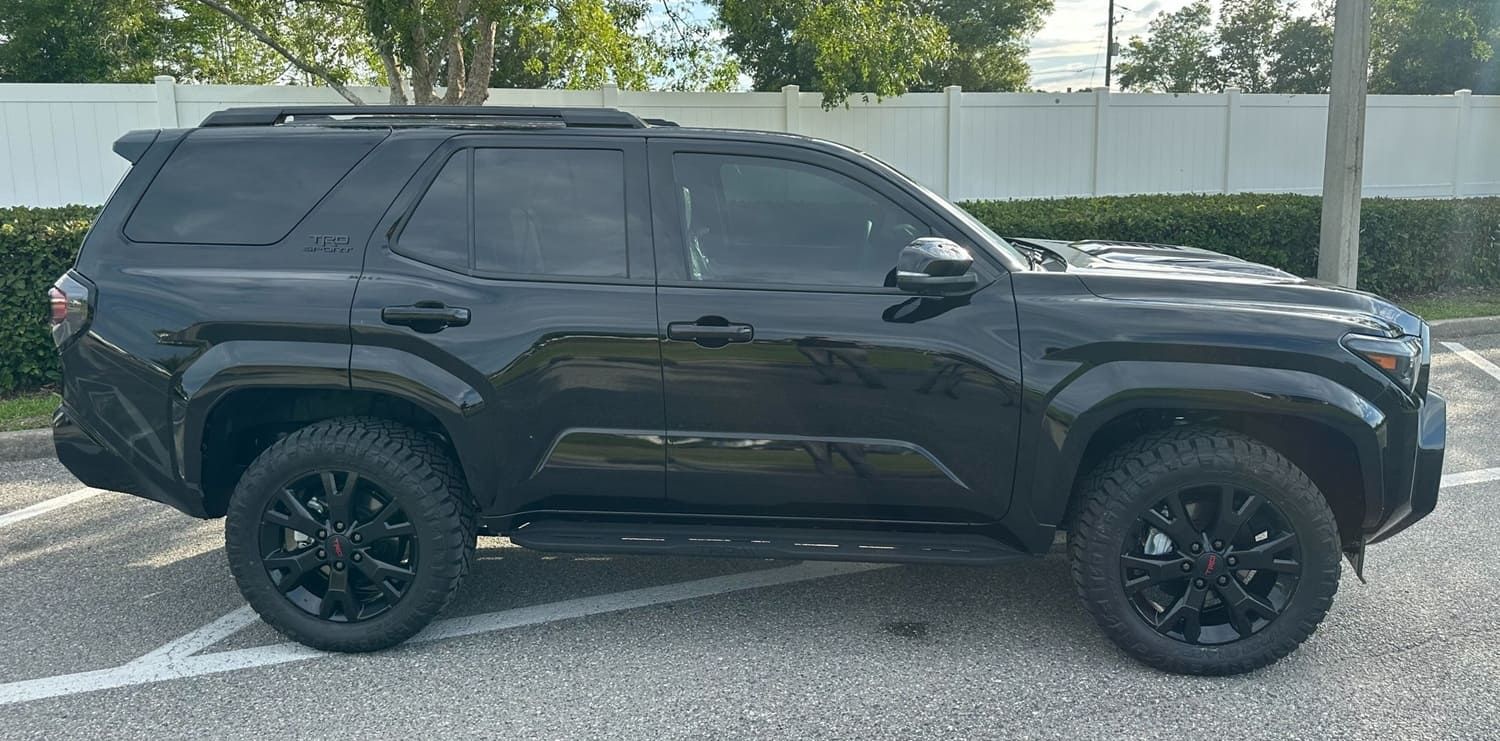
Legal Considerations: Staying Compliant with Tint Laws
Car window tinting laws can vary widely. It's crucial to check the legal restrictions in your state or country. Local regulations might dictate the maximum tint darkness allowed for various windows.
Ignoring these laws could lead to fines or mandatory tint removal. Being informed about the legal guidelines ensures you’re protected from potential penalties.
Here's what you should consider:
- Visible Light Transmission (VLT) percentage
- State-specific front and rear window regulations
- Tint reflectivity limits
Ensuring compliance will save you time, money, and hassle in the long run. Always prioritize legality when considering tinting options.
Professional vs. DIY Installation: Impact on Heat Rejection
Choosing between professional and DIY tint installation can influence heat rejection. Quality installation is key to maximizing benefits.
Professionals have the skills and tools for precise application. This leads to optimal heat rejection and a sleek finish.
DIY might save money but can lack precision. Incorrect installation often results in bubbles and reduced effectiveness.
Consider these factors when deciding:
- Skill level for application
- Cost of materials versus hiring a pro
- Potential warranty options
Ultimately, professional installation usually offers superior performance and longevity. Investing in expert services can enhance your vehicle's heat management.
Maintenance and Longevity of Heat Rejection Tints
Proper care extends the lifespan of heat rejection tints. Regular cleaning helps maintain both appearance and function. Avoid harsh chemicals when washing the tints.
Use gentle, non-abrasive materials to prevent scratches. Follow these maintenance tips for optimal results:
- Use a soft cloth for cleaning
- Avoid ammonia-based cleaners
- Periodically check for bubbles or peeling
Routine maintenance and care can ensure your tints perform well for years. Attention to detail preserves their effectiveness against heat.
Myths and Facts About Heat Rejection Tint
There's plenty of misinformation about heat rejection tint. Let's debunk some common myths with actual facts.
Many believe darker tints block more heat. However, the tint's material, not color, primarily determines performance.
Here are some common myths and their truths:
- Myth: All tints are the same.
- Fact: Different materials offer different heat rejection levels.
- Myth: Darker means better heat rejection.
- Fact: Material quality is what truly matters.
- Myth: Tinting harms your car's windows.
- Fact: Professional installation is safe and effective.
Understanding these truths allows you to choose the right tint confidently. Avoid falsehoods and focus on reliable information.
How to Choose the Best Tint Level for Your Needs
Choosing the right tint level involves several important considerations. Each option offers unique benefits and potential drawbacks.
First, evaluate the primary purpose of your tint. Is heat rejection your main goal, or do you value privacy and appearance more?
Next, consider your local regulations. Legal tint levels vary, so ensure compliance is a part of your decision-making process.
To help make an informed choice, consider these key factors:
- Heat Rejection: Prioritize if interior cooling is essential.
- Visibility: Balance between clear vision and desired privacy.
- Aesthetics: Decide if the look of your car is crucial.
- Budget: Determine how much you're willing to spend.
Assess these aspects carefully. This will guide you to the best tint level for your lifestyle and needs. Prioritize what's most important for your specific situation.
Conclusion: Finding the Best Tint Level for Heat Rejection
At Solar Shade Window Tint, your premier car window tinting installers serving Jacksonville, FL & Lake City, FL, we help drivers choose the perfect tint level to match their comfort, visibility, and legal needs. Selecting the right tint involves careful consideration of your local climate, driving habits, and personal preferences.
Our experienced team provides expert guidance to ensure you get the best performance and appearance from your tint. By investing in high-quality films and professional installation, you’ll enjoy superior heat rejection, glare reduction, and long-lasting protection.
Contact Solar Shade Window Tint today for a free estimate, and let us help you find the perfect tint solution for a cooler, more comfortable, and stylish ride.
FAQs About the Best Window Tint Levels for Heat Rejection
What is the best window tint level for blocking heat?
The best tint level for heat rejection typically falls between 20% and 50%, depending on the type of film. Ceramic and infrared-rejecting films are most effective.
Does a darker tint always mean better heat rejection?
Not necessarily. Tint darkness (VLT) affects light transmission, but heat rejection depends more on the film's composition—ceramic or IR films outperform darker dyed tints.
Which tint percentage offers the most balance of comfort and legality?
A 35% ceramic tint offers strong heat rejection while staying legal in many states and maintaining good visibility.
What type of film rejects the most heat?
Nano-ceramic and infrared (IR) films are top-tier when it comes to rejecting solar energy and infrared heat, even in lighter shades.
Can a 70% tint still block heat effectively?
Yes, especially if it’s a ceramic or IR film. A 70% VLT tint can block up to 50% of infrared heat without noticeably darkening the windows.
Is limo tint (5%) the best for heat control?
Not always. While 5% is very dark, it may use cheaper dyed film that offers low heat rejection compared to a 35% ceramic film.
How much heat can high-performance tint block?
Top-grade ceramic tints can block up to 80–90% of infrared heat and 99% of UV rays, depending on the product.
Does reflective or metallic tint help with heat rejection?
Yes, but metallic tints can interfere with GPS, cell, or radio signals. Ceramic films offer similar or better performance without signal disruption.
What is the difference between UV and IR rejection in tint films?
UV rejection protects against sun damage and skin harm, while IR rejection is what reduces the heat you feel inside the vehicle.
Will tinting all windows improve heat rejection?
Yes, tinting all sides and the rear window provides better heat rejection. Some drivers also opt for clear ceramic windshield strips or full coverage for maximum cooling.
Is a higher tint percentage (lighter tint) still effective at blocking heat?
Yes, with advanced films. A 50% ceramic tint may perform better than a 20% dyed tint when it comes to actual heat reduction.
Does window tint reduce interior temperatures while parked?
Absolutely. Heat-rejecting tint reduces cabin temperatures and protects interiors from sun damage when the vehicle is parked.
Can I measure how much heat a tint blocks before installation?
Yes, professional tint shops often use BTU meters or heat box demos to show how different films perform in heat rejection.
Which brand of tint offers the best heat rejection?
Top brands like LLumar, XPEL, and 3M offer ceramic and IR films known for superior heat-blocking technology.
Does heat-rejecting tint help reduce air conditioning use?
Yes, by keeping the cabin cooler, high-performance tint helps reduce AC load, improving comfort and potentially saving fuel.
Is clear ceramic tint good for windshield heat rejection?
Yes, clear ceramic films (70%–90% VLT) are ideal for windshields, providing excellent heat and UV rejection without compromising visibility.
How do I choose the best tint level for heat and visibility?
Consider a 35%–50% ceramic film for the best balance of heat rejection, legal compliance, and day/night visibility.
Does rear window tint affect overall heat control?
Yes, rear windows contribute significantly to heat gain, so tinting them helps regulate overall cabin temperature more effectively.
Can tint help prevent heat-related interior damage?
Yes, UV and IR-blocking tints protect dashboards, leather seats, and electronics from fading, cracking, and warping.
Should I consult a professional to choose the best heat-rejecting tint?
Absolutely. A certified installer can explain your options, demo film performance, and recommend the best tint level based on your needs and local laws.
